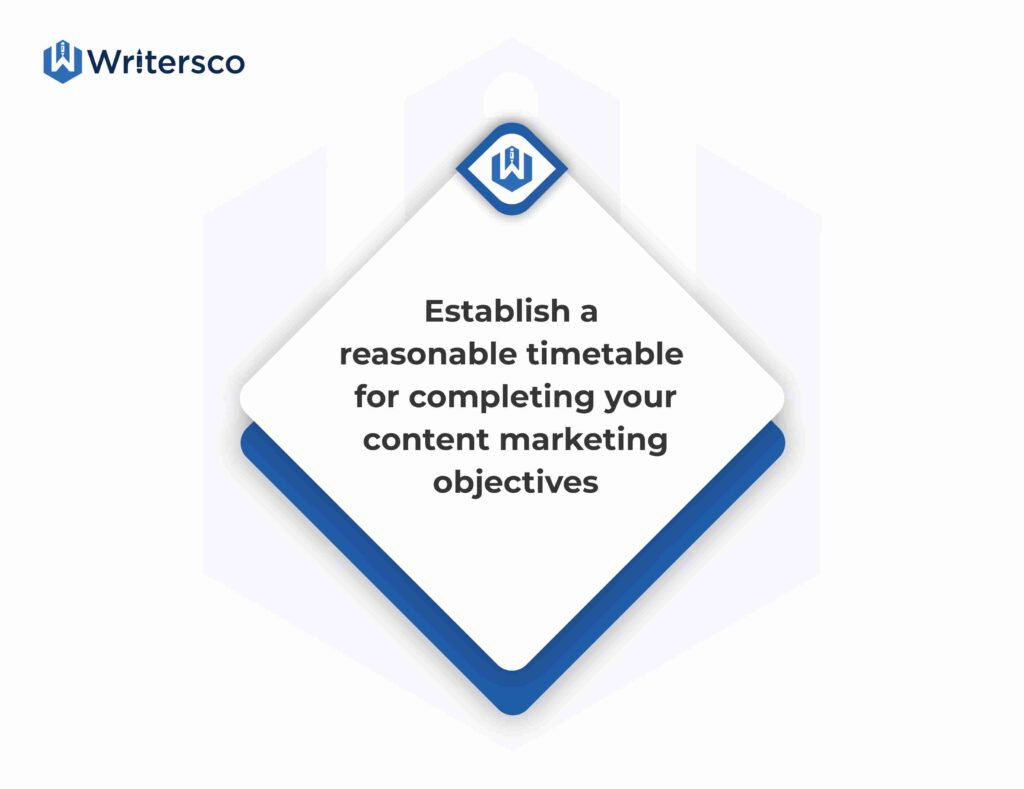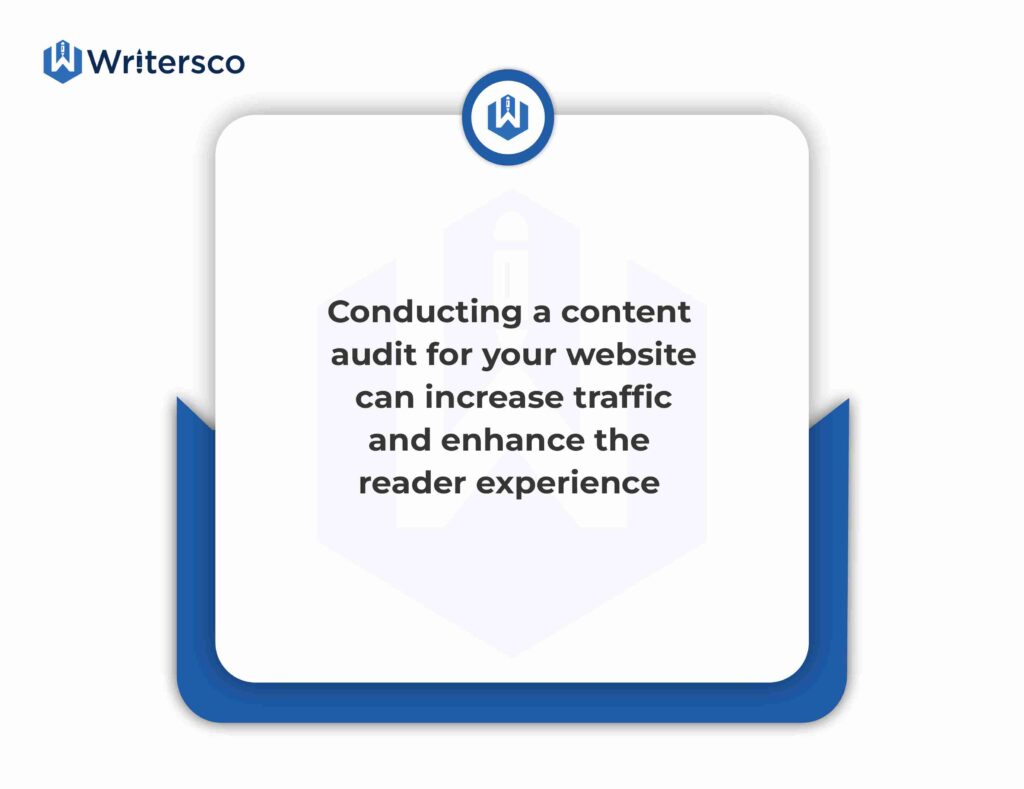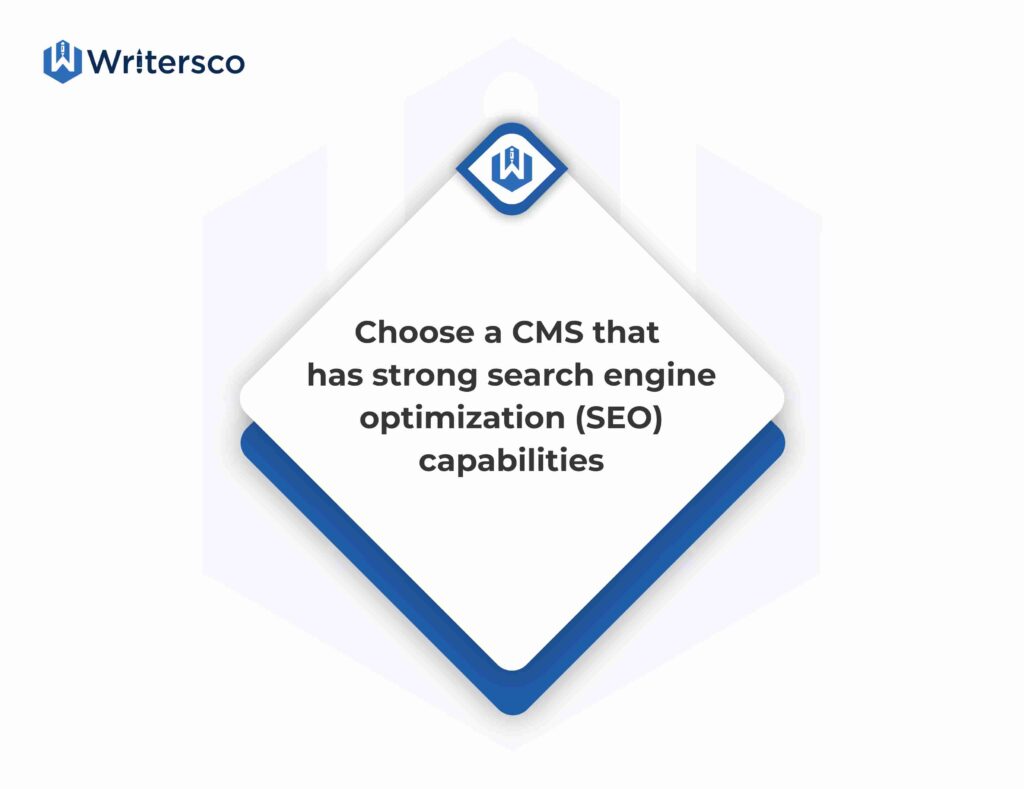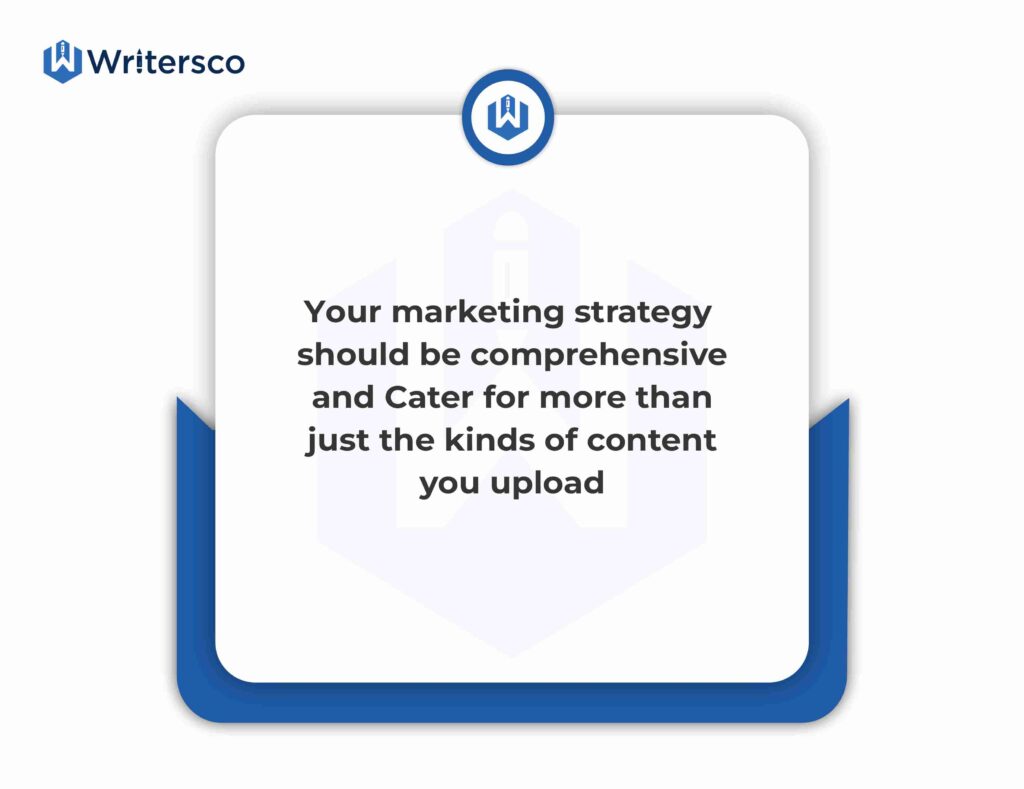
Create a Content Marketing Strategy for Your Business in 7 Simple Steps
Content Marketing
Content marketing is a strategic approach (Content Marketing Strategy) to creating and distributing valuable, relevant, and consistent content to attract and retain a clearly defined audience, and ultimately drive profitable customer action. By producing and disseminating pertinent articles, videos, podcasts, and other media, content marketing is a marketing tactic used to draw in, hold onto, and grow an audience. When it’s time to buy what you sell, people will think of your company first thanks to this strategy’s promotion of brand awareness and establishment of competence.
Content Marketing Strategy
A content marketing strategy involves the creation and distribution of various types of content such as blog posts, videos, podcasts, social media posts, infographics, whitepapers, and more.
Content marketing strategy refers to a plan or approach that a business or organization uses to create, publish, distribute, and promote valuable and relevant content to attract, engage, and retain a clearly defined target audience.
The ultimate goal of content marketing strategy is to drive profitable customer action by creating and sharing content that educates, entertains, inspires, or informs the target audience. This content can take various forms such as blog posts, social media updates, videos, podcasts, ebooks, webinars, infographics, and more.
Implementing Your Content Marketing Strategy
By implementing a content marketing strategy, businesses can build brand awareness, establish authority and credibility, generate leads and sales, foster customer loyalty, and ultimately achieve their marketing and business objectives.
Get a thorough understanding of your potential customer’s characteristics, including their interests, pain spots, and purchasing tendencies. Who is your content’s intended audience? How many different audiences are you producing material for? Your content strategy can be tailored to different user types, just as your company may have different types of customers. Make content that speaks directly to your target audience and tackles their problems at each stage of the customer journey using the data you’ve obtained.
You can work on different materials customized for each persona by utilizing a range of content kinds and distribution channels.
Steps for Developing a Content Marketing Strategy that Works
#1. Define Your Goals
What do you hope to achieve by creating a content marketing strategy? Why do you want to develop a content marketing strategy and produce content? Knowing your objectives before you start planning will make it simpler to choose the appropriate course of action. Establish your goals for your content marketing initiatives, such as boosting website traffic, generating leads, or raising brand awareness. To track your success and modify your plan as necessary, your goals should be precise and measurable. Given your budget and resource constraints, they ought to be attainable as well.
Establish a reasonable timetable for completing your content marketing objectives. Take into account the funds and resources available at your disposal alongside any outside factors that can affect your timeframe. Moreover, keep a continuous eye on your progress toward your objectives and modify your content marketing plan as necessary. For better results, enhance your content and distribution methods using data-driven insights.

#2. Conduct Customer Persona Research
You must identify your buyer persona, which is your target audience for your content, to create a successful plan. For people who are just starting out or are brand-new to marketing, this is very crucial. Identifying your target market can help you create relevant content that they’ll want to read and act on. Get a thorough understanding of your potential customer’s characteristics, including their interests, pain spots, and purchasing tendencies.
Steps to follow:
- Gather data: Start by compiling information on your target market and present clients. This can comprise both psychographic data, such as interests, values, and habits, as well as demographic data, such as age, gender, income, and geography. This information can be gathered using surveys, interviews, and analytics technologies.
- Find common traits: To find common traits and behaviors in your audience data, look for patterns and similarities. The creation of broad persona groups like “busy working parents” or “tech-savvy millennials” can be made with the use of this
- Create detailed personas: After determining broad persona categories, create more particular personas by including information and insights. This can include specifics like job titles, interests, problems, and objectives.
- Think about the purchasing process: Think about the many phases of the buyer’s journey and how the various personas might act at each phase. This can assist you in producing material that is specific to their interests and requirements.
- Personas can be used to guide content strategy: After creating thorough personas, use them to guide your content strategy. Think on the subjects, forms, and distribution methods that will best engage and reach your personas.

#3. Conduct a Content Audit
A content audit defines the procedure of gathering and examining internet resources, such as blog articles and landing pages. A content audit keeps track of a website’s content and identifies what needs to be added, changed, rewritten, or removed.
Conducting a content audit for your website can increase traffic and enhance the reader experience. With the aid of content audits, you can identify the parts of your website that aren’t adequately optimized for search engine rank. You might discover fresh SEO prospects for your website with the use of content audits. You also have the opportunity to refresh the material on your website by conducting an audit, which will help readers better understand it.
Review your present material to determine what is effective, what is not, and where any gaps may be.

#4. Choose a Content Management System (CMS)
The most difficult aspect of creating a website is writing the code. Coding is a technical skill that not everyone possesses, and it takes more than a day or two to acquire. A content management system, which is essentially software that enables you design your website and tweak it using templates and plugins without going into sophisticated code, can help marketers tackle this problem. A CMS allows you to easily:
- Create a website
- Update your existing content
- Add new content
- Stay consistent
Choosing a new CMS is one thing; picking the best one for your company is quite another. The following elements must be taken into account when choosing a CMS for your company:
- Ease of use: Choose a CMS that is easy to use and has an intuitive interface. This will help you and your team create and publish content quickly and efficiently.
- Customization options: Look for a CMS that offers a range of customization options, including templates, themes, and plugins. This will allow you to tailor your website to your brand and audience.
- SEO capabilities: Choose a CMS that has strong search engine optimization (SEO) capabilities. This will help your website rank higher in search engine results pages (SERPs) and drive more organic traffic.
- Mobile responsiveness: Ensure that the CMS you choose is mobile-responsive, meaning that it displays properly on all devices, including desktops, laptops, tablets, and smartphones.
- Security: Choose a CMS that has strong security features, including regular updates, secure login options, and backup and restore options. This will help protect your website from hacks and other security threats.
- Support and community: Look for a CMS with an active community of users and developers who can provide support, advice, and guidance. This will help you troubleshoot issues and optimize your website.

#5. Determine the Type of Content You Want to Create
It’s crucial to take into account your objectives, target market, and the channels via which you intend to share your content when choosing the kind of content to produce for your content marketing strategy.
Here are different types of content you can work on
- Blog posts: Popular content such as blog articles can promote website traffic and develop thought leadership. Users can use them to offer practical advice or tutorials, impart industry insights, and resolve customers’ issues.
- Infographics: Infographics are visual displays of facts or information that can aid in the simplification of complicated concepts and increase their impact. You can distribute these through social media, email marketing, and blog postings on websites.
- Videos: Videos can assist enhance brand awareness and client engagement because they are so compelling. You can distribute these through social media, email marketing, and blog postings on websites.
- Social media posts: Posts on social networking platforms can contain a range of material formats, such as pictures, videos, or brief text entries. Users can use them to distribute industry news or events, engage with customers, and market blog content.
- E-books and whitepapers: These longer-form content items offer in-depth insights into a specific topic. You can use them to establish thought leadership and generate leads.
#6. Brainstorm Content Ideas
Brainstorming content ideas is an important part of creating a content marketing strategy. Keeping up with industry news and trends, making use of keyword research, consider customers pain points, and making use of social media for inspiration are all ways to brainstorm content ideas.
#7. Publish and Manage Your Content
Your marketing strategy should cover more than just the kinds of content you’ll produce; it also needs to address how you’ll arrange that material.
You’ll be well on your way to publishing a well-balanced and varied content library on your website with the aid of an editorial schedule. Then, to organize and market your material on other websites, develop a social media content schedule.

Conclusion
Businesses may develop a solid content marketing strategy that produces quantifiable outcomes and promotes company growth by following these simple steps




